Monkeypox reported in 7 African countries
-
Facts you should know
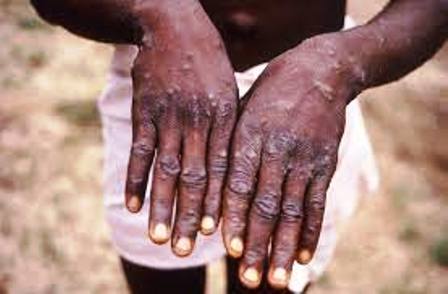 Preliminary report by the World Health Organisation (WHO) has revealed that no fewer than 1400 monkeypox cases (1392 suspected, 44 confirmed) have been cumulatively reported this year between January and mid-May in seven African countries.
Preliminary report by the World Health Organisation (WHO) has revealed that no fewer than 1400 monkeypox cases (1392 suspected, 44 confirmed) have been cumulatively reported this year between January and mid-May in seven African countries.
The cases have been reported from Cameroon, Central African Republic, the Democratic Republic of the Congo, Liberia, Nigeria, the Republic of the Congo and Sierra Leone. The number of cases in 2022 are slightly fewer than half of cases reported in 2021.
While the virus has not spread to new non-endemic countries in Africa, within countries with outbreaks, the virus has been expanding its geographic reach in recent years. For example, until 2019, monkeypox in Nigeria was reported mainly in the south of the country but since 2020, the virus has moved into central, eastern and northern parts of the country.
WHO and partners are working to better understand the magnitude and cause of a global monkeypox outbreak which is atypical as many cases are being reported in non-endemic countries that have not previously had significant spread among people with no travel to endemic zones.
“We must avoid having two different responses to monkeypox – one for Western countries which are only now experiencing significant transmission and another for Africa,” said Dr Matshidiso Moeti, WHO Regional Director for Africa. “We must work together and have joined-up global actions which include Africa’s experience, expertise and needs. This is the only way to ensure we reinforce surveillance and better understand the evolution of the disease, while scaling up readiness and response to curb any further spread.”
Monkeypox was first detected in humans in 1970 in the African region and since then most cases have been reported in rural and rainforest areas. For decades only a few cases were reported sporadically. Then in 2017, there was a sudden spike, with more than 2800 suspected cases reported in five countries.
This surge continued, peaking in 2020 with more than 6300 suspected cases, with the Democratic Republic of the Congo accounting for 95% of the total. The numbers then dropped last year to around 3200 suspected cases. The reasons for these spikes are not fully known but may be due to deforestation and the encroachment of people into the habitats of monkeypox animal hosts.
“Africa has successfully contained past monkeypox outbreaks and from what we know about the virus and modes of transmission, the rise in cases can be stopped,” said Dr Moeti.
“It is critical that the continent has equal access to effective monkeypox vaccines and that globally we ensure vaccine doses reach every community in need. While parts of the continent might have built up some immunity against the disease, there are populations that are particularly vulnerable such as health workers and contacts of cases.”
Since the global eradication of smallpox in 1979, monkeypox has emerged as the most prevalent orthopox virus infection in humans. Vaccination against smallpox has been shown to be protective against monkeypox. A new vaccine against smallpox and monkeypox has been approved but is not yet widely available.
Working closely with African countries, regional institutions, technical and financial partners, WHO is supporting efforts to bolster laboratory diagnosis, disease surveillance, readiness and response actions to prevent further infections.
The Organization is also providing expertise through crucial technical guidance on testing, clinical care, preventing and controlling infections as well on how to inform and educate the public about monkeypox and its risks, and how to collaborate with communities to support disease control efforts.
Facts you should know
- Monkeypox is a viral disease that can spread from animals to humans but can also spread between people through close contact with an infected person, and /or objects including clothes and bedsheets as well as droplets. Monkeypox is a viral zoonotic disease. It occurs primarily in tropical rainforest areas of central and west Africa and is occasionally exported to other regions.
- An outbreak of monkeypox is currently taking place in many countries that do not typically have cases. This can be concerning, especially for people whose loved ones or community have been affected. Some cases have been identified through sexual health clinics in communities of gay, bisexual and other men who have sex with men. However, it is important to note that the risk of monkeypox is not limited to men who have sex with men. Anyone who has close contact with someone who is infectious is at risk.
- You can catch monkeypox if you have close physical contact with someone who is showing symptoms. This includes touching and being face-to-face.
- Monkeypox can spread during close skin-to-skin contact during sex, including kissing, touching, oral and penetrative sex with someone who has symptoms. Avoid having close contact with anyone who has symptoms.
- Symptoms typically include skin rash or lesions, fever, intense headache, muscle aches, back pain, low energy and swollen lymph nodes and last from two to four weeks. In many patients, the symptoms clear up on their own but severe cases and even death can occur. The case fatality ratio, or the percent of people dying compared to those diagnosed, is around 3-6%.
- The clinical presentation of monkeypox resembles that of smallpox, a related orthopoxvirus infection which was declared eradicated worldwide in 1980. Monkeypox is less contagious than smallpox and causes less severe illness.
- An antiviral agent developed for the treatment of smallpox has also been licensed for the treatment of monkeypox.
- Vaccines used during the smallpox eradication programme also provided protection against monkeypox. Newer vaccines have been developed of which one has been approved for prevention of monkeypox
Protect yourself and others by:
- Isolating at home and talking to a health worker if you have symptoms
- Avoid skin-to-skin or face-to-face contact, including sexual contact with anyone who has symptoms
- Clean hands, objects, and surfaces that have been touched regularly
- Wear a mask if you are in close contact with someone with symptoms
Courtesy WHO

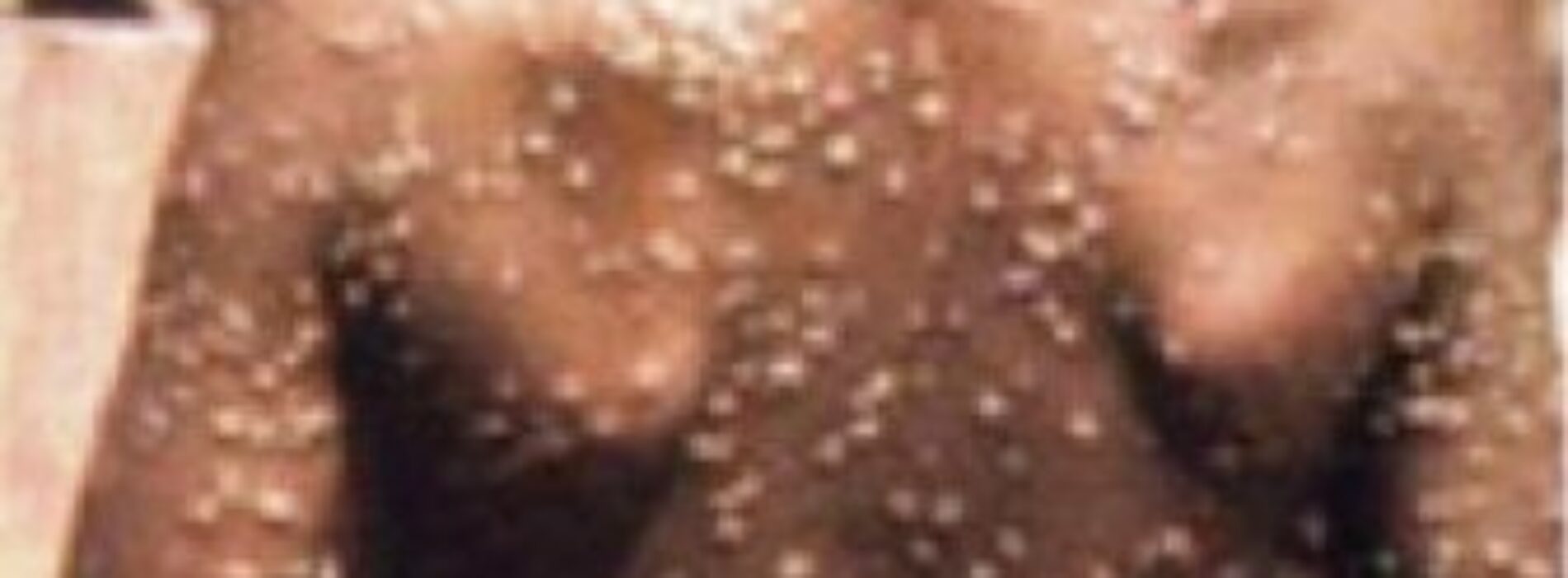
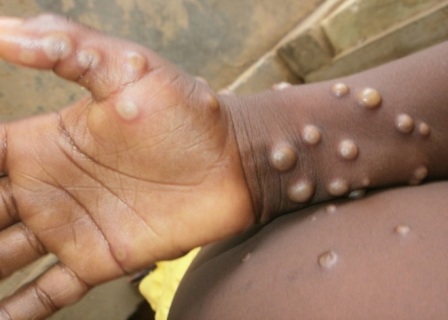
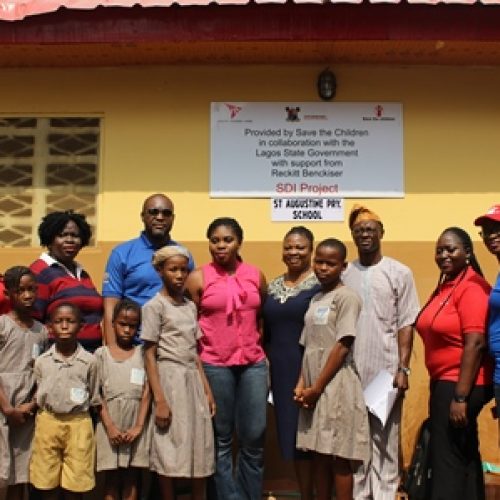

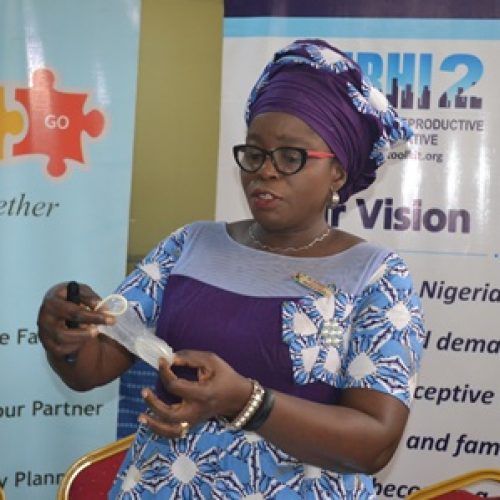

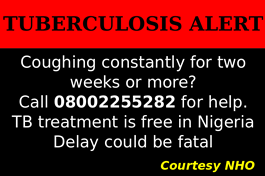
0 Comments
No Comments Yet!
You can be first to comment this post!